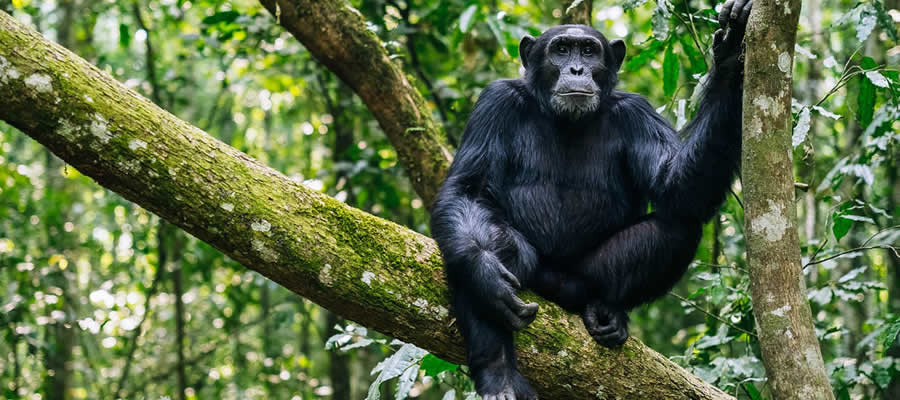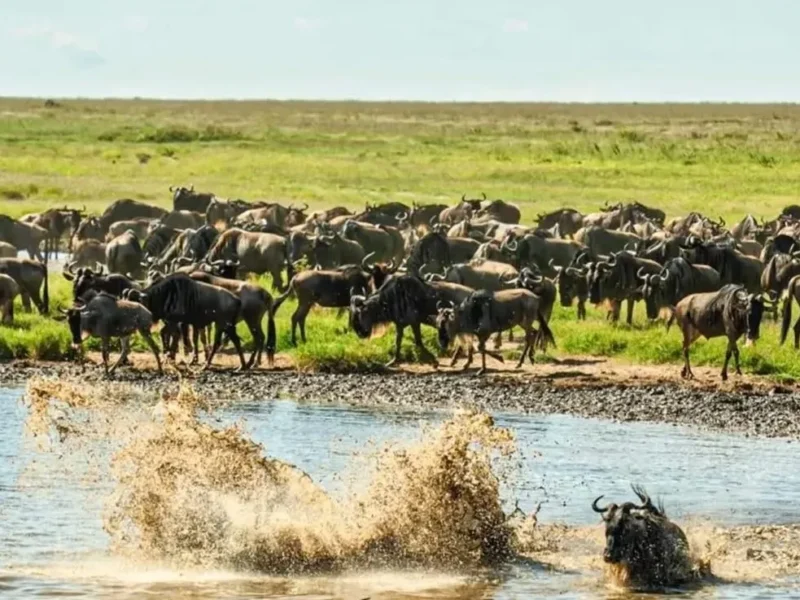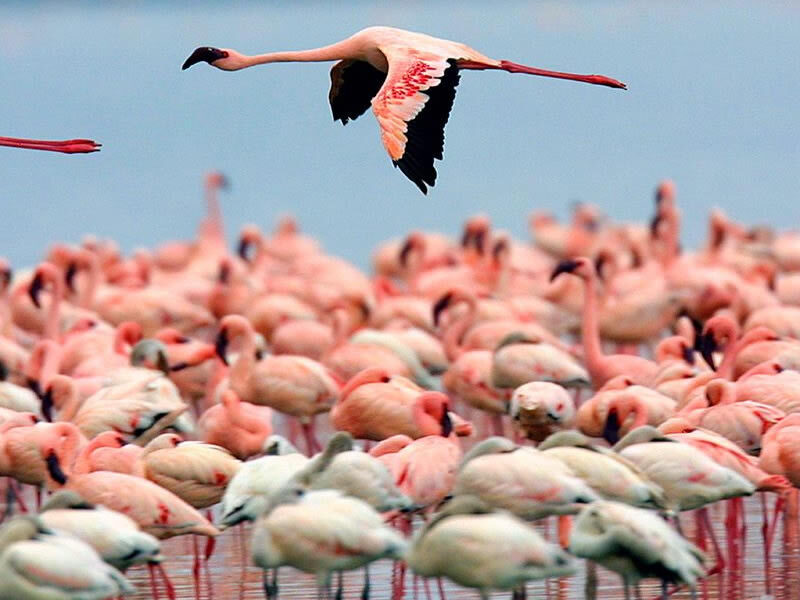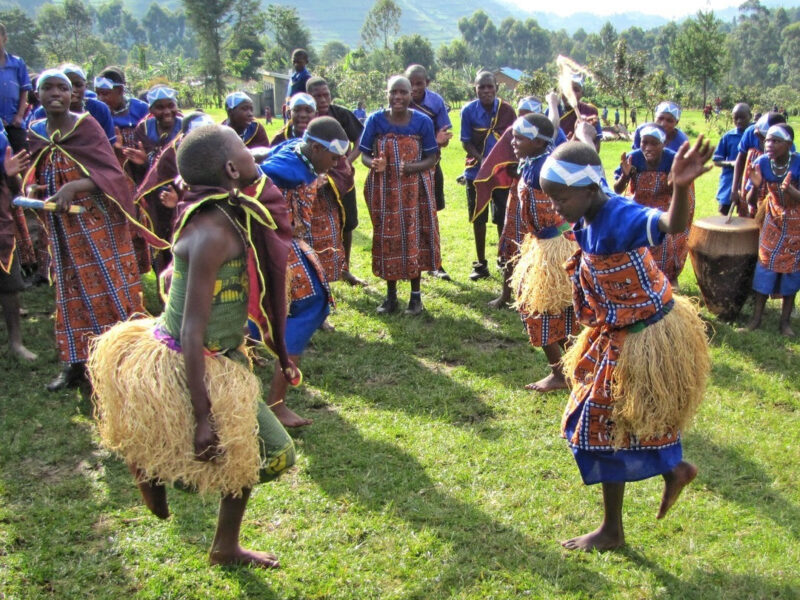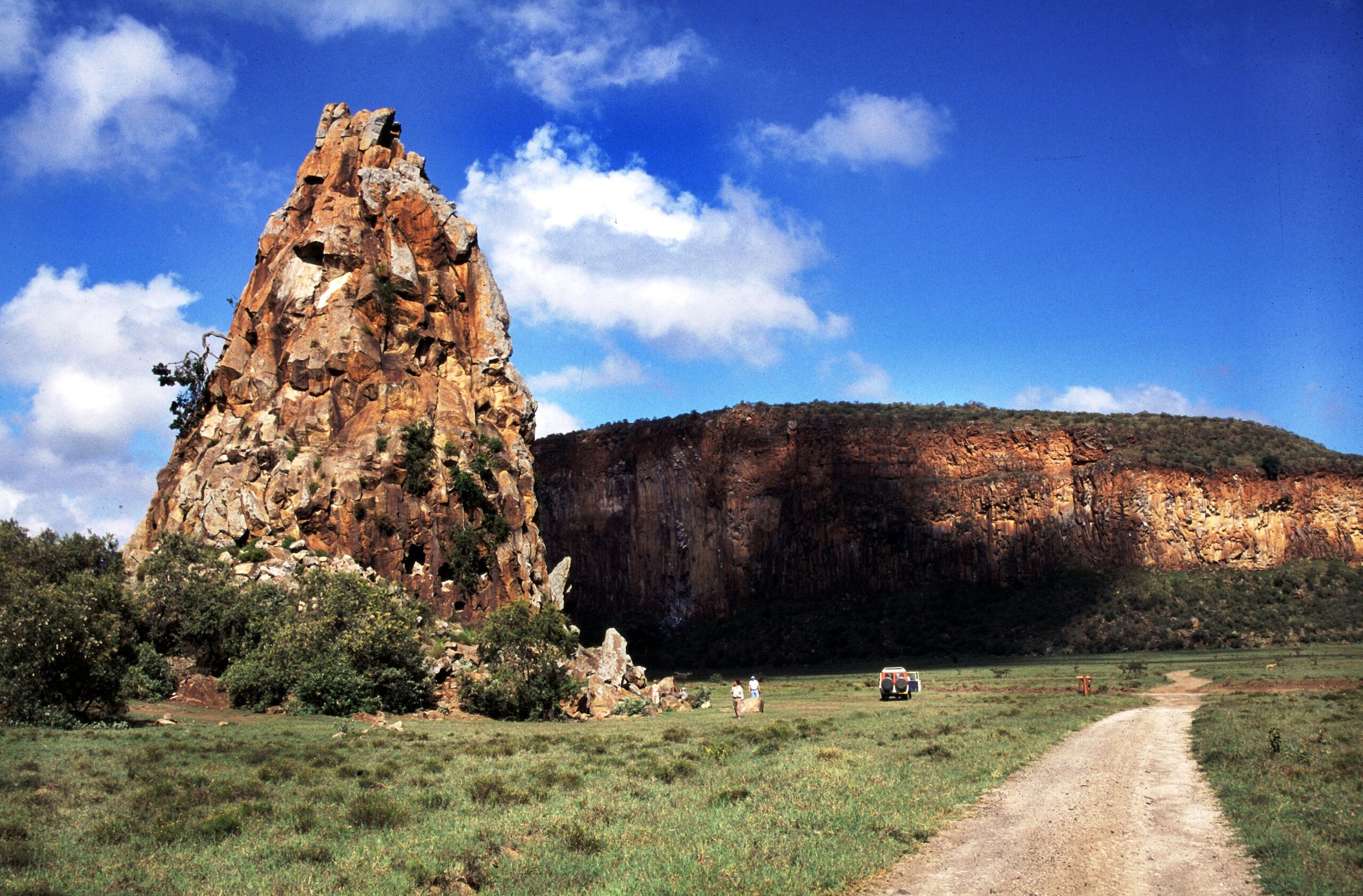
Hell’s Gate National Park
April 16, 2025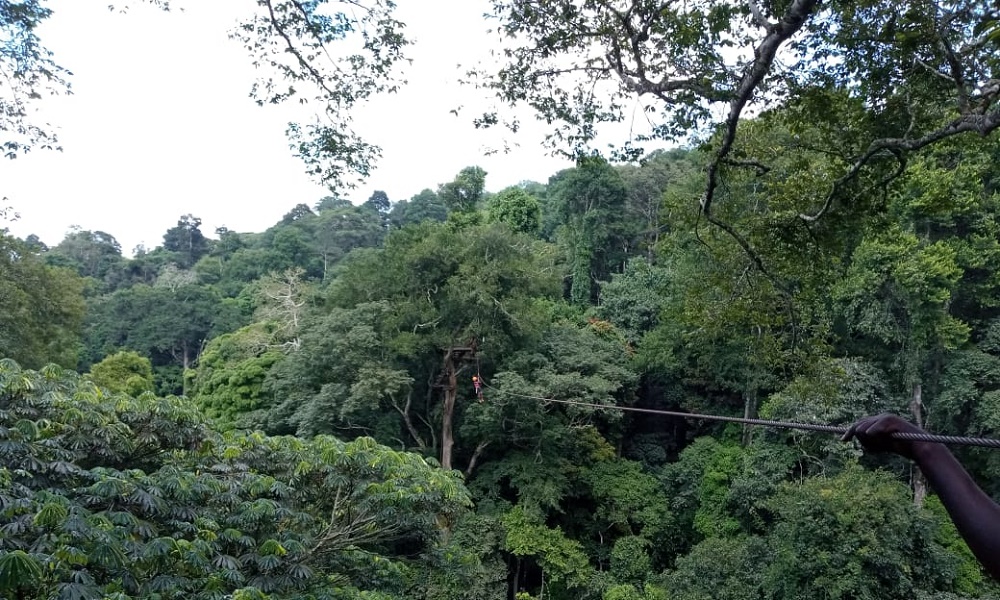
Zip, Hike, and Explore: Discover Mabira Forest
April 22, 2025Guardians of the Green Hills: Exploring Burundi’s Hidden Primates!
Here’s a look at the primates of Burundi, including the types of species, where they live, and their ecological and cultural importance:
Primates in Burundi: Hidden Treasures of the Forest
Burundi, though small in size, is home to a surprising variety of primates that inhabit its lush forests, national parks, and reserves. These intelligent and social animals play an important role in the country’s biodiversity and are a major attraction for eco-tourists and researchers alike.
Where Are Primates Found in Burundi?
Here’s a more detailed explanation of the protected forested areas in Burundi where primates are commonly found, along with the ecological significance of the Albertine Rift region they belong to:
Key Protected Forested Areas for Primates in Burundi
Burundi’s primates thrive primarily in a handful of protected natural reserves and national parks, which are critical for conservation of biodiversity, including many endemic and threatened species. These areas are part of the Albertine Rift, one of the most biologically rich regions in Africa.
1. Kibira National Park
Location: Northwestern Burundi, bordering Rwanda’s Nyungwe Forest
Size: Over 40,000 hectares
Importance for Primates:
-Burundi’s largest and most significant montane rainforest.
-Home to black-and-white colobus monkeys, red-tailed monkeys, blue monkeys, and olive baboons.
-Dense tree canopy and high rainfall make it ideal for arboreal primates.
-Acts as a vital wildlife corridor connecting to Rwanda’s Nyungwe National Park, supporting cross-border wildlife movement.
Other Features:
-Part of the Congo-Nile Divide, with altitudes ranging from 1,500 to 2,600 meters.
-Protects vital water catchment areas and rare bird species.
-Offers excellent eco-tourism potential, especially for primate-watching, birding, and nature trails.
2. Bururi Forest Nature Reserve
Location: Southwestern Burundi, near the town of Bururi
Size: Around 3,300 hectares
Primates Present:
-Colobus monkeys are especially common.
-Vervet monkeys and red-tailed monkeys are also frequently seen.
– A smaller and more accessible forest, ideal for low-impact nature tourism and educational visits.
Ecological Highlights:
– High-altitude forest known for its cool climate and misty woodlands.
– Also rich in birdlife, including several Albertine Rift endemics.
– Serves as a buffer against deforestation in surrounding agricultural zones.
3. Vyanda Forest Reserve
Location: Rumonge Province, southern Burundi
Size: Approximately 4,000 hectares
Primate Significance:
-One of the best locations to view black-and-white colobus monkeys in Burundi.
-Forest is lower-altitude compared to Kibira and Bururi, offering unique species composition.
-Known for primate tourism, often in combination with nearby Lake Tanganyika attractions.
Other Features:
– Hosts indigenous tree species, medicinal plants, and small mammals.
– Community-based conservation projects and local guides operate in this area.
– Offers eco-trails, primate tracking, and opportunities for community engagement in conservation.
4. Ruvubu National Park
Location: Northeastern Burundi, along the Ruvubu River
Size: About 50,000 hectares — Burundi’s largest national park
Primate Diversity:
-Contains savanna woodland, riverine forests, and wetlands.
-Supports olive baboons, vervet monkeys, and potentially patas monkeys in open areas.
-Less forested than Kibira, but valuable for primates adapted to wooded grasslands and riparian habitats.
Ecological Value:
– A transition zone between forest and savanna ecosystems.
– Critical habitat for large mammals like hippos, antelope, and crocodiles.
– Has potential for wildlife safaris and river-based eco-tourism.
The Albertine Rift: A Biodiversity Hotspot
The forests mentioned above are all part of the Albertine Rift Montane Forests ecoregion, a section of the East African Rift Valley stretching from northern Uganda through Rwanda, Burundi, and into the Democratic Republic of Congo.
Key Features:
– Recognized as one of the most important areas for biodiversity conservation in Africa.
– Hosts over 50 endemic species of primates, birds, amphibians, and plants.
– Rich in montane rainforests, wetlands, and freshwater ecosystems.
Importance for Burundi:
– The Albertine Rift is crucial for protecting Burundi’s natural heritage.
– It helps regulate the climate, provide freshwater, and support eco-tourism development.
– Conservation efforts in this zone benefit not only wildlife but also local livelihoods and regional stability.
Conservation Importance
These protected areas are not only primarily habitats for primates, but also key to ecological balance in Burundi. Their preservation ensures:
– Protection of endangered and endemic species
– Sustainable tourism opportunities
– Improved climate resilience
– Support for scientific research and education
Key Primate Species in Burundi
Of course! Here’s a more detailed and enriched version of the five major primate species found in Burundi, with expanded information on their behavior, habitat, physical features, conservation status, and role in the ecosystem:
Key Primate Species in Burundi (Detailed Overview)
Burundi’s forests host a fascinating variety of Old World monkeys that contribute to the country’s rich biodiversity. Below are five of the most notable species, each with its own unique ecological role and behavioral traits.
Olive Baboon (Papio anubis)
Description:
– Olive baboons are large, ground-dwelling primates with olive-colored fur, a dog-like muzzle, and a powerful build.
– Males are significantly larger than females, with long canines used for both defense and display.
Habitat:
-Highly adaptable and opportunistic, found in savannas, forests, open woodlands, and even near human settlements.
-Commonly observed in kibira National Park and Ruvubu National Park, especially along roads and open clearings.
Behavior:
-Live in complex multi-male, multi-female social groups of up to 100 individuals.
-Exhibit a wide range of social behaviors: grooming, alliances, vocal communication, and parenting.
-Known for their intelligence and problem-solving skills.
Ecological Role:
-Omnivores: eat fruits, seeds, insects, roots, and small animals.
-Help control insect populations and aid in seed dispersal.
Challenges:
-Sometimes seen as pests when they raid crops, leading to conflict with local farmers.
2Vervet Monkey (Chlorocebus pygerythrus)
Description:
– Medium-sized monkeys with greyish body fur, black faces, and white fringe around the face.
– Males have a striking blue-colored scrotum, used in dominance displays.
Habitat:
– Widely distributed in wooded savannas, riversides, and agricultural landscapes.
– Frequently seen in Vyanda Forest Reserve and farmlands across southern Burundi.
Behavior:
– Known for being curious, energetic, and highly vocal.
– Live in groups of 10–50 individuals, often seen foraging during the day.
– Use a variety of alarm calls to warn group members of predators like snakes, eagles, or leopards.
Ecological Role:
– Eat fruits, seeds, flowers, insects, and small vertebrates.
– Contribute to pollination and seed dispersal in forest-edge environments.
Challenges:
– Adapt well to human-dominated environments, but are sometimes trapped or persecuted for raiding crops or stealing food.
3.Red-Tailed Monkey (Cercopithecus ascanius)
Description:
-Also called Schmidt’s guenon, easily identified by:
-Its reddish tail, dark body fur, and distinct white nose spot.
-Slender, with long limbs adapted for life in the tree canopy.
Habitat:
-Prefers dense tropical forests, especially Kibira National Park and nearby forest patches.
-Mostly arboreal and rarely seen on the ground.
Behavior:
-Social animals that live in groups of 10–30.
-Use facial expressions and high-pitched calls for communication.
-Often seen in mixed-species troops with colobus or blue monkeys, which enhances foraging efficiency and predator awareness.
Ecological Role:
-Frugivores (fruit-eaters), but also consume insects and leaves.
-Play a vital role in dispersing seeds of native fruit trees.
Challenges:
– Vulnerable to habitat loss from deforestation and agriculture.
4.Colobus Monkey (Colobus guereza)
Description:
-Known as the black-and-white colobus, with dramatic contrasting fur, a long white mantle, and bushy white tail.
-Lacks thumbs, which makes them superb leapers in the treetops.
Habitat:
-Found in high-altitude and mid-altitude forests, especially in Kibira, Bururi, and Vyanda Forest Reserves.
-Prefer closed-canopy forests with dense foliage.
Behavior:
-Live in small, peaceful groups (up to 15 individuals), usually one dominant male and several females with their young.
-Spend much of the day resting and chewing cud due to their leaf-based diet.
Ecological Role:
– Specialized folivores: eat mainly leaves, seeds, and unripe fruit.
– Their gut bacteria allow them to digest tough plant materials, contributing to nutrient cycling in forests.
Challenges:
– Sensitive to habitat fragmentation and tree loss.
– Hunted in some areas for meat or traditional uses, although less frequently than other primates.
5.Blue Monkey (Cercopithecus mitis)
Description:
– Named “blue” due to a slight bluish-grey sheen on its coat, though it often appears dark grey.
– Has a pale throat patch, long tail, and expressive face.
Habitat:
– Inhabits moist montane and sub montane forests, especially in highland areas like Kibira National Park.
– Tends to stay in densely vegetated areas, making them harder to observe.
Behavior:
– Lives in female-dominated groups of 10–40 individuals.
– Males are often solitary outside of breeding seasons.
– Highly playful, especially among juveniles.
Ecological Role:
– Diet includes fruits, leaves, insects, and flowers.
– Important for maintaining plant diversity through seed dispersal.
Challenges:
– Shy and sensitive to human disturbance.
– Affected by forest degradation and competition for food in fragmented habitats.
Why Primates Matter
– Ecological Role:
Primates are vital to forest health. They help in seed dispersal, insect control, and maintaining plant diversity.
– Cultural Significance:
In many Burundian communities, monkeys are part of local folklore and traditional beliefs—sometimes seen as symbols of intelligence or mischief.
– Tourism & Research:
Primates attract ecotourists and primatologists, contributing to local income and scientific knowledge.
Threats to Primates in Burundi
Despite their ecological importance and cultural value, primates in Burundi face multiple human-driven threats that put their survival at risk. These challenges are especially pressing in a country with high population density, limited arable land, and growing pressure on natural resources.
Deforestation for Agriculture and Fuelwood
What’s Happening:
-Burundi has one of the highest deforestation rates in Africa due to increasing demand for farmland and firewood.
-As the population grows, forested areas are cleared for:
-Subsistence farming
-Livestock grazing
-Charcoal production (a major energy source)
Impact on Primates:
– Leads to loss of natural habitat—particularly in forests like Vyanda, Bururi, and the edges of Kibira National Park.
– Reduces the availability of food sources, tree cover, and shelter needed by arboreal species like colobus and red-tailed monkeys.
– Isolates primate groups, making it harder to find mates and maintain genetic diversity.
Long-Term Risk:
– Continuous forest clearing could result in local extinction of some species if habitat corridors are not protected or restored.
Poaching for Bushmeat and the Pet Trade
What’s Happening:
– Hunting of monkeys and small mammals for bushmeat remains a practice in rural communities, driven by:
-Food insecurity
-Lack of alternatives
-Cultural traditions
-Juvenile monkeys are sometimes captured alive and sold as pets in local markets, often kept in poor conditions or exported illegally.
Impact on Primates:
– Targeting adults for bushmeat disrupts social structures, especially in species like olive baboons, which rely on strong group dynamics.
– The pet trade disproportionately affects infant monkeys, often orphaned after their mothers are killed.
Why It’s Dangerous:
-Increases primate mortality rates.
-May contribute to the spread of zoonotic diseases like Ebola and simian foamy virus between humans and primates.
Habitat Fragmentation from Infrastructure Development
What’s Happening:
– As Burundi develops, construction of roads, settlements, and agriculture infrastructure slices through previously connected forests.
– Even in protected areas, encroachment and buffer zone violations are common.
Impact on Primates:
– Fragmentation isolates primate populations, breaking up mating routes and migration corridors.
– Smaller habitat patches support fewer resources and higher competition among species.
– Makes primates more vulnerable to predators and poachers.
Ecological Consequences:
-Reduces biodiversity resilience and increases chances of inbreeding within isolated groups.
-Disrupts the balance of species and ecosystems, affecting birds, reptiles, and plant life too.
Human-Wildlife Conflict (Crop Raiding)
What’s Happening:
-As forests shrink and primates lose access to their natural food sources, many turn to nearby farms and gardens for food.
-Monkeys, especially vervet monkeys and baboons, are known to raid crops like maize, beans, bananas, and sweet potatoes.
Impact on Primates:
-Farmers often respond by:
-Setting traps
-Shooting or poisoning animals
-Chasing them with dogs or fire
– Such retaliatory actions are a direct threat to primate survival.
Impact on Communities:
– Leads to tension between conservation efforts and local livelihoods.
– Undermines support for protected areas when people feel that wildlife threatens their well-being.
Why These Threats Matter
Each of these threats is interconnected:
– Deforestation drives primates closer to farms which leads to conflict.
– Poaching is easier when forests are fragmented and law enforcement is weak.
– Development without planning accelerates all these problems.
Toward a Solution: What Can Help?
-Reforestation & habitat restoration
-Stricter anti-poaching laws and community enforcement
-Compensation schemes or fencing for farmers affected by crop-raiding
-Community education programs to build awareness and local stewardship
-Sustainable tourism to make primates economically valuable to communities
Conservation Efforts
– Protected areas like Kibira National Park and Vyanda Forest Reserve help safeguard primate habitats.
– NGOs and community-based programs are promoting:
-Forest restoration
-Anti-poaching patrols
– Environmental education
– Eco-tourism that benefits local communities

